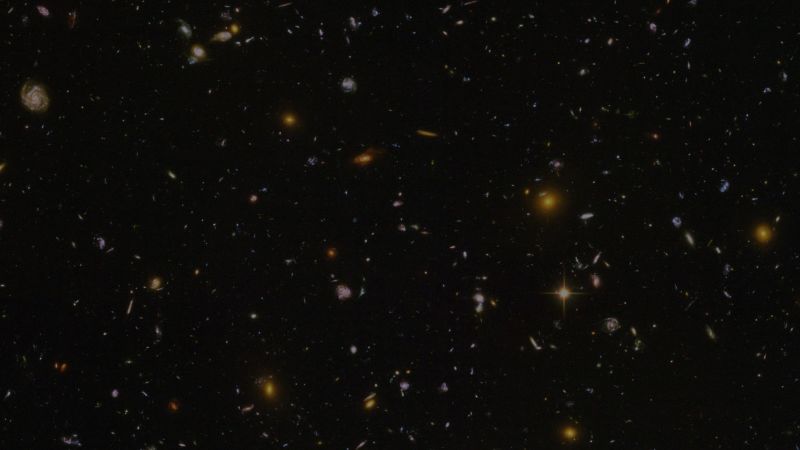
Unlocking Earth’s Mysteries: The Birth of Complex Creatures 500 Million Years Ago!
Mysteries abound when delving deep into Earth’s historical timeline. Over half a billion years ago, our watery planet was teeming with bizarre life forms, which boasted strange morphologies too complex to understand. These enigmatic creatures, known as the denizens of the Cambrian Explosion, inhabited Earth approximately 500 million years ago and set the stage for the array of fauna we see today. Recent scientific studies and discussions have sparked ideas and theories about the emergence of these peculiar life forms, attempting to shed light on the intricacies shrouding Earth’s past.
One theory, primarily derived from the extensive study of fossil records, lies in the increasing oxygen levels on Earth at that time. The planet’s atmosphere and oceans had undergone a dramatic change, leading to an ‘oxygen revolution’, with levels ascending considerably. Higher oxygen levels meant that these creatures could develop more complex body structures, including hard body parts and more energy-demanding metabolisms. This revolutionary increase in oxygen created an environment conducive to more complex creatures, effectively setting the stage for the Cambrian Explosion.
The central charismatic figures of the Cambrian Explosion, including Anomalocaris and Opabinia, exhibited an unusual array of body plan innovations, from multi-segmented bodies to complex feeding apparatuses. These morphological novelties are thought to have resulted from this significant evolutionary event that scientists termed as the ‘arms race.’ Animal groups evolved rapidly, developing new features to deter predators and becoming predators themselves. The advent of predation drove the explosion of diversity during this period as defense mechanisms led to more complex structures.
Another element potentially leading to the Cambrian explosion lies in the genetic revolution. It is postulated that the remarkable biodiversity of the Cambrian epoch was facilitated by the evolution of new genes and regulatory networks. These incremental genetic modifications allowed organisms to diversify dramatically, resulting in a plethora of animal forms and structures. The dynamic evolutionary potential provided by these new genetic tools offered a foundation for organisms to exploit new ecological opportunities, driving species diversification.
Lastly, the Snowball Earth hypothesis elucidates the erratic climate pattern that led to the global ice age during the Neoproterozoic era, approximately 700 to 635 million years ago. As Earth emerged from this extreme freeze, it created a variety of new ecological niches, allowing adaptive radiations of these complex life forms in differing habitats. With changing environments, certain creatures managed to develop and thrive, marking the commencement of life’s diversification into a myriad of forms and structures.
In conclusion, over 500 million years ago, thanks to the shifts in atmospheric conditions, fiery genetic revolutions, the advent of predation, and extreme climatic changes, Earth witnessed the emergence of inconceivably complex creatures. Constantly evolving and garnering more in-depth insights into our planet’s history, scientists continue to thread together pieces of this grand puzzle. While these theories provide potential answers, they lend themselves to more profound questions, leaving a world of evolution’s ancient mysteries waiting to be discovered and appreciated.
